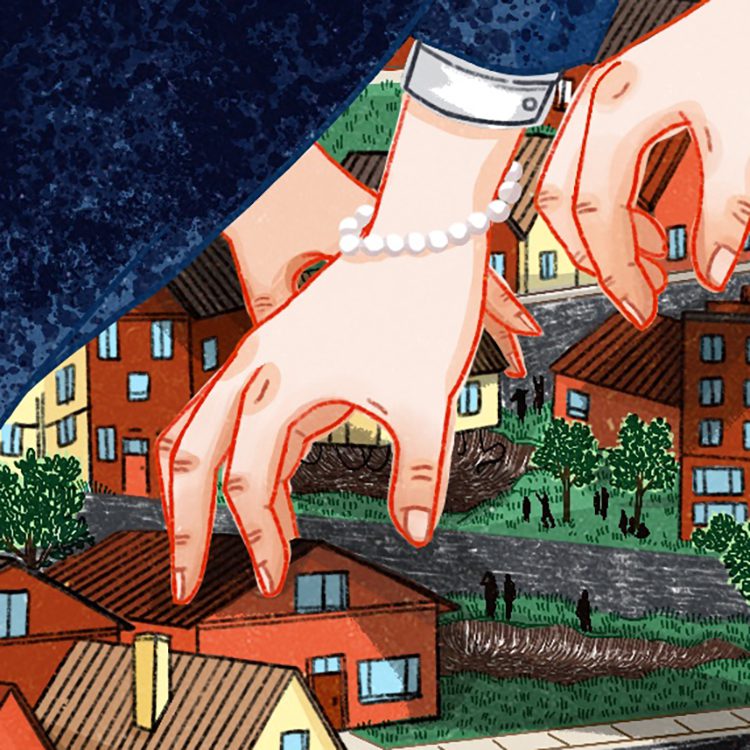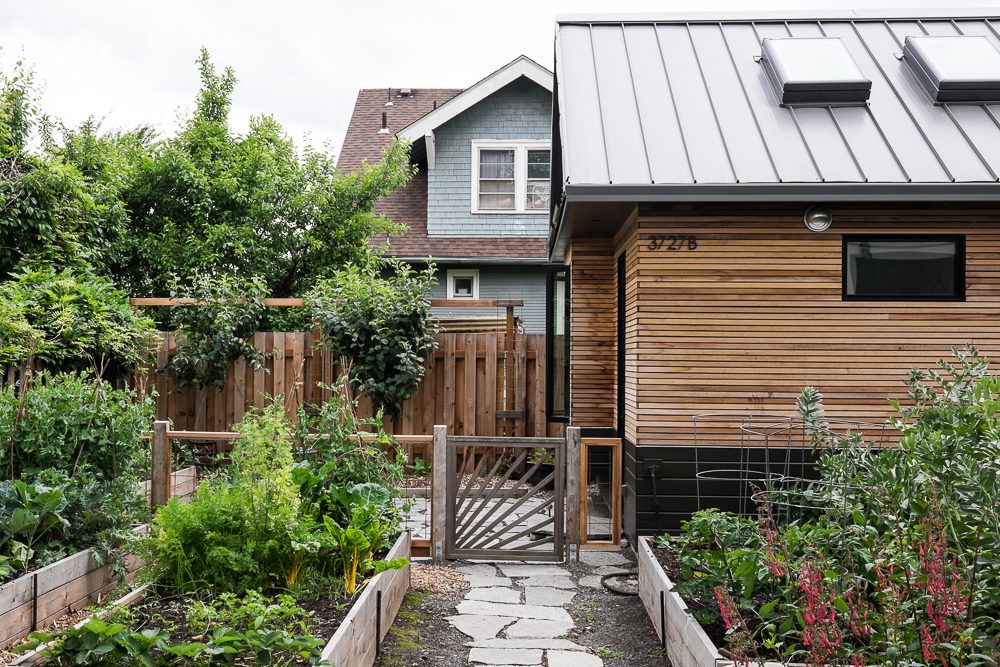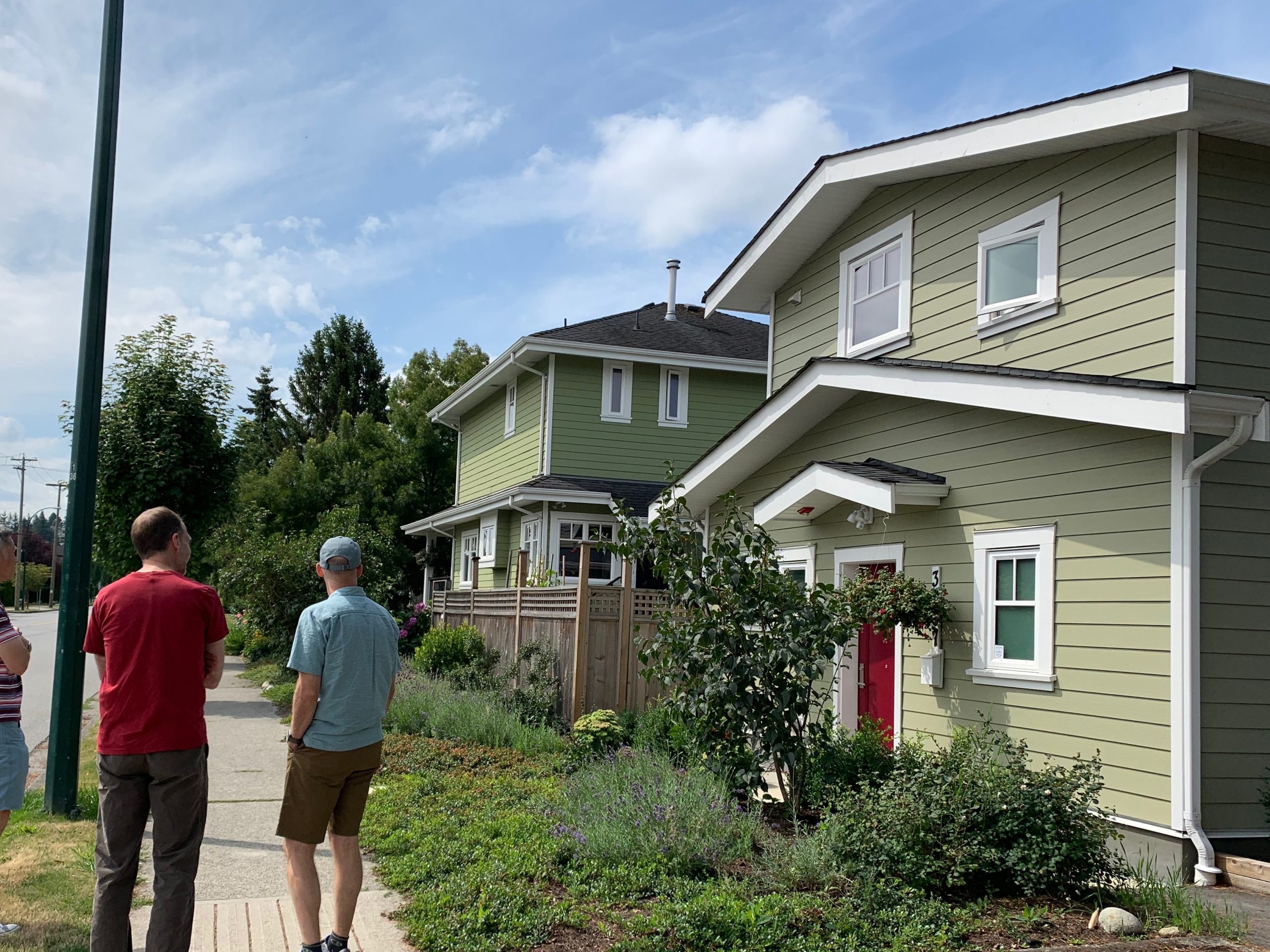Definitions of “rural,” especially as devised to determine eligibility benefits for federal programs, can make anyone dizzy. Rural advocates take issue with the Office of Management and Budget’s (OMB) latest way of defining Metro Statistical Areas (MSAs), because so much of what had traditionally been considered rural is absorbed into higher population-density regions. By default, rural becomes defined as non-metro. The NeighborWorks Rural Initiative uses a very different typology developed by Dr. Andrew Isserman, University of Illinois, Champaign-Urbana. Isserman defines rural based on population per square miles and urban-center population within a county. Using information from the U.S. Census reports, Isserman has identified four county types — rural, mixed-rural, urban, and mixed-urban. If a NeighborWorks organization serves a population in either a rural or mixed-rural county, they are welcome to join the Rural Initiative.
Uncategorized
What’s Rural?
Definitions of “rural,” especially as devised to determine eligibility benefits for federal programs, can make anyone dizzy. Rural advocates take issue with the Office of Management and Budget’s (OMB) latest […]




Comments